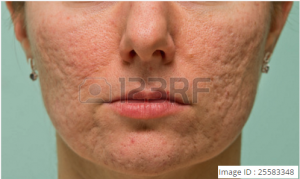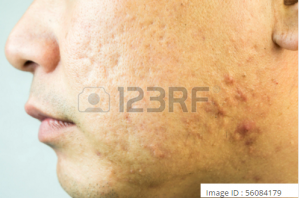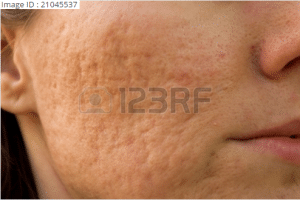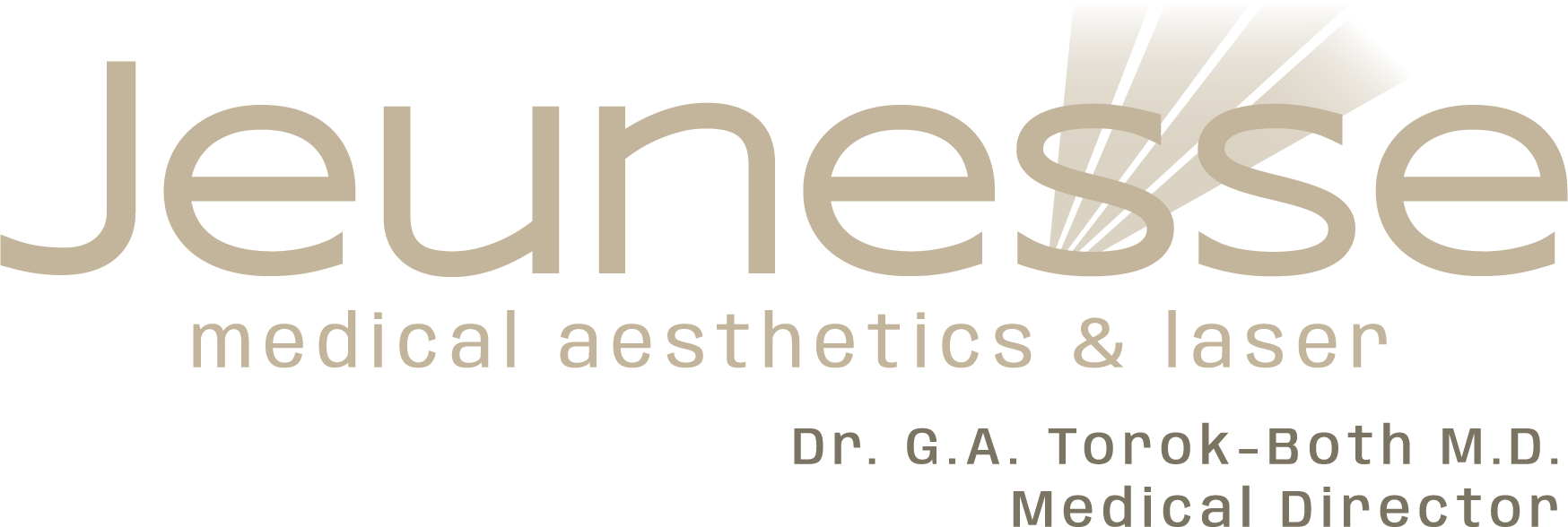ACNE SCARING
Even mild acne can produce scarring.₍₁₎
- Ice-pick scars – these are the most commonly seen form of acne scarring, which form deep pits in skin
- Rolling scars – less defined edges but still dip, giving wavelike appearance
- Boxcar scars – pitted scars with defined edges with crater-like appearance
- Hypertrophic (keloid) scars – elevated scar tissue that appear as bumps rather than dips
Causes and Symptoms ₍₁₎
Scars are the result of injury to the skin, and what you see is the loss of skin tissue or the build-up of excess skin tissue. You can basically get one of two types of scarring: depressed (pitted) scars or elevated (thickened) scars. 1
Treatment ₍₁₎
Tretinoin creams and gels can be used as a non-surgical way to treat superficial scarring (as opposed to deep or elevated scarring). They help with new collagen production, basically helping skin to build new, unscarred tissue.
Chemical or alphahydroxy acid (AHA) peels help even out skin tone and can smooth out slight imperfections.
Microdermabrasion, also known as a “power peel”, is recommended for superficial mild acne scars. It involves a 10-20 minute treatment that removes the uppermost damaged layers of skin.
Injectable fillers include materials such as collagen and hyaluronic acid, which are injected below the skin’s surface to plump up pitted areas from rolling scars.
Laser skin resurfacing removes a damaged surface layer, which helps to smooth out the appearance of deeper scars. It also encourages new collagen formation in the skin.
Images



